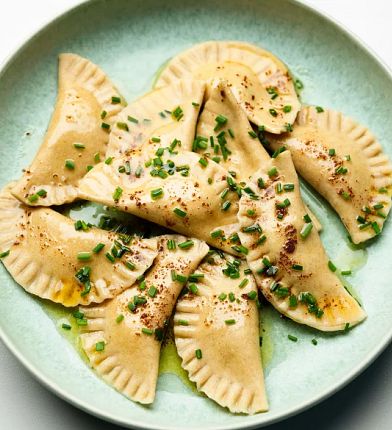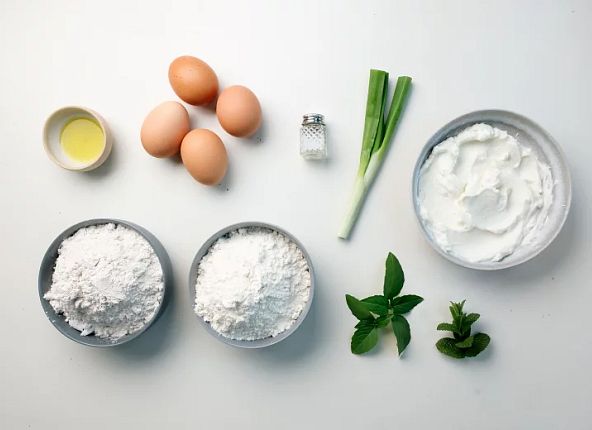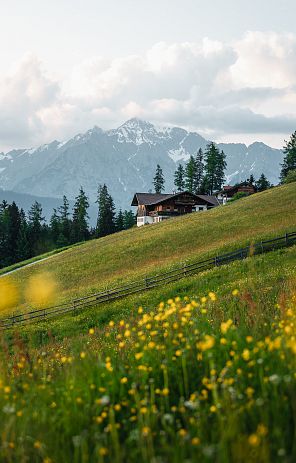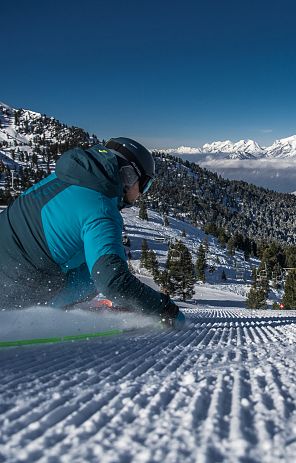Recipe. Tyrolean Schlutzkrapfen
Schlutzkrapfen, or Schlutzer for short (also known regionally as Schlickkrapfen, Schlierkrapfen or Schlipfkrapfen) are a regional pasta specialty from Tyrol. Schlutzkrapfen are made with a mixture of rye and wheat flour. The filling varies, but is usually made from curd cheese mixed with whatever herbs the garden has to offer!
The dumplings probably get their name from the word "schlutzen", which means "to slide" or "to glide" in Tyrolean dialect. In this case, the term "Krapfen" - which is more commonly used for pastries with jam - is a generalized term for something filled.


Ingredients and preparation
For 4 people you need the following ingredients:
For the dough:
- 200 g wheat flour
- 200 g rye flour
- 4 eggs
- a dash of olive oil
- a pinch of salt
- a little water if required
For the filling:
- 200 g curd cheese
- 1 pc. leek or spring onion
- a few basil leaves
- a few mint leaves
- salt, pepper
This is how to prepare the Schlutzkrapfen:
Prepare the dough:
Mix the flour and salt, add the eggs and a dash of olive oil (or rapeseed oil). If the dough is too firm, dilute it with a little water.
Knead until a compact dough is formed. Shape into a loaf and leave to rest for at least half an hour.
Preparation of Tiroler Schlutzkrapfen filling:
Finely chop the herbs, cut the leek or spring onions into small pieces. Mix the curd cheese with all the ingredients, season with salt and pepper.
When the dough has finished resting, roll it out very thinly with a pasta roller. Ideally, it should be as thin as a sheet of paper! Then cut out circles with a glass and carefully separate them from the rest of the dough. Use a small spoon to place a little filling on each "disc" of dough and then fold the edges over each other in a crescent shape. Press the edges firmly with a fork. Meanwhile, bring a large pan of salted water to the boil and cook the Schlutzkrapfen in the boiling water for approx. 5 minutes.
Strain, drain and serve. Serve with brown butter and a little grated Begkäse cheese to taste.
Recipe by Petra Neuner-Gyß



